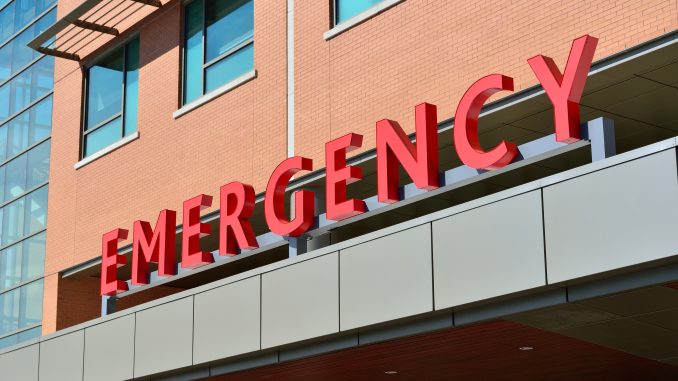
No one ever wants to find themselves in the emergency room, but accidents and unexpected medical emergencies can happen at any time. When you do need to go to the emergency room, it’s important to be prepared so you can receive the best possible care.
Thus, knowing what to bring with you can make the process smoother and less stressful, allowing you to focus on your health and recovery.
So, whether you’re heading to the emergency room near me for the first time or just need a refresher on what to bring, read on as we explore what you need to bring with you to the emergency room so that you can be ready for anything life throws your way.
Medical History and Current Medications
When you arrive at the emergency room, the medical staff will need to know your medical history and any current medications you are taking. So, it’s important to bring a list of all your medications, including their name, dosage, and how often you take it. This information will help the medical staff provide the appropriate treatment and avoid any potential drug interactions.
If you have any chronic medical conditions, such as diabetes or heart disease, it’s important to bring any relevant medical records or test results with you.
In addition to your medication list, you should also bring a brief summary of your medical history. This should include any past surgeries, hospitalizations, and major illnesses. If you have any allergies or adverse reactions to medications, be sure to include that information as well. Having this information readily available will help the medical staff quickly assess your medical needs and provide the appropriate care.
Finally, it’s a good idea to bring a current list of your healthcare providers, including their names and contact information. This will help the medical staff coordinate your care and communicate with your primary care provider.
It’s a good idea to keep all of these documents together in a folder or envelope so they are easily accessible when you arrive at the emergency room.
Personal Identification and Insurance Information
When you arrive at the emergency room near me, you will need to provide personal identification and insurance information. Be sure to bring a government-issued photo ID, such as a driver’s license or passport. If you don’t have a photo ID, bring two forms of identification, such as a birth certificate and a utility bill with your name and address.
In addition to your personal identification, bring your health insurance information. This includes your insurance card and any relevant policy numbers. If you are covered by more than one insurance policy, be sure to bring information for both.
List of Emergency Contacts
Finally, it’s a good idea to have a list of emergency contacts with you when you go to an emergency room near me. This should include the names and contact information for your spouse or partner, family members, and close friends.
It’s a good idea to keep this list with your other essential documents so it’s easily accessible when you arrive at the emergency room.
The Bottom Line
While no one wants to find themselves in the emergency room, being prepared can make all the difference in receiving the best possible care and making a stressful situation a little less overwhelming.
By bringing a list of your medications, medical history, and essential documents, you can ensure that the medical staff has all the information they need to provide the appropriate care.
